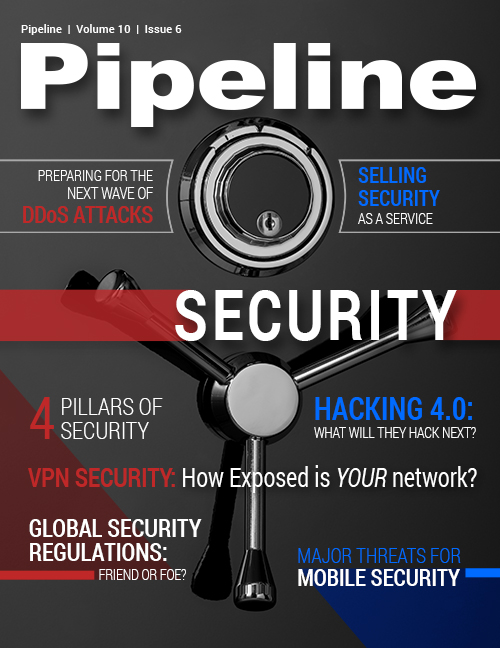COMET News: November 2013
By: Jesse Cryderman

SDN and NFV
Software defined networking (SDN) is hot news, as it represents the future of communications networks. How far off is SDN, how do we get there, and which is the best path forward? One thing is for sure: nothing is set in stone or fully expressed in a standard. At the Digital Disruption event, Fred Feisullin of Sprint said, "There are as many different approaches to virtualizing the network as there are service providers today." Regardless of the approach, new research from the Dell'Oro Group predicts a six-fold increase in SDN spending in the next four years, and service providers are aggressively pursuing this virtualized technology, so this trend appears to be more than just buzz.
Mr Enrique Algaba, network innovation director, Telefónica, believes that network virtualization is a key part of the service provider’s future. “Telefónica sees the implementation of SDN and NFV technologies as a factor of our network infrastructure development strategy.”
ETSI's evolving Network Functions Virtualization (NFV) technology, which complements software defined networking (SDN), is equally hot. A survey from RAD Communications hit the wire in mid-October, indicating that the industry is confident about NFV and believes it is a valuable standard. In a press release accompanying the survey results, Dr. Yuri Gittik, strategic marketing executive, RAD, said, “Service provider representatives recognize what NFV can do for their networks and believe that these promises are more than hype."
October hosted other significant NFV stories: Huawei and a handful of global operators announced a partnership around NFV; China Unicom and TelefĂłnica announced a collaborative plan to drive NFV development and standardization; and TelefĂłnica announced NFV trials in Brazil.Stay tuned for the January 2014 issue of Pipeline, which takes a deep dive into all things virtualized, including the network.
FCC and the government shutdown
After late-night bargaining, the U.S. Feds ended the government shutdown on October 16 and returned national offices like the Federal Communications Commission back to full power. During the shutdown, the FCC.gov website was replaced by a text-only placeholder page and a series of links that directed visitors to information regarding the impact of the shutdown. Nearly all of the FCC's workforce--98 percent--were furloughed. Approximately 1754 employees were affected by the shutdown. According to the official shutdown plan, just 38 staff members continued to work on security, critical IT, and high-level administrative details. FCC filing deadlines between October 1 and October 21 were suspended, and spectrum auctions, such as the H-Block auction, were re-scheduled for next year.
Pulling money from the air
How much are your cell towers worth? In late October, AT&T struck a leasing deal with Crown Castle that will generate nearly $5 billion for Big Blue. The agreement will help AT&T fund network investments that help it meet mobile broadband demand.
Bill Hogg, a network planner with AT&T, commented on the benefits of the transaction. “This deal will let us monetize our towers while giving us the ability to add capacity as we need it. And we’ll get additional financial flexibility to continue to invest in our business, maintain a strong balance sheet and return value to our shareholders.”
Ericsson in the winner’s circle
Who's ahead in the telecom support systems market? Analysys Mason has tagged Ericsson as the leader of the pack, based on big E's position in worldwide market share across 17 segments. The combination of organic growth and growth by acquisition has made Ericsson a force to reckon with.
“Ericsson’s OSS and BSS product portfolio, combined with its consulting and systems integration capabilities, is the most comprehensive offering in the telecom market today,” wrtoe Mark Mortensen, principal analyst, Analysys Mason, in an official announcement.
Ericsson also scored a significant VoLTE win with SoftBank in October, and a network transformation contract with Zain Bahrain.





















